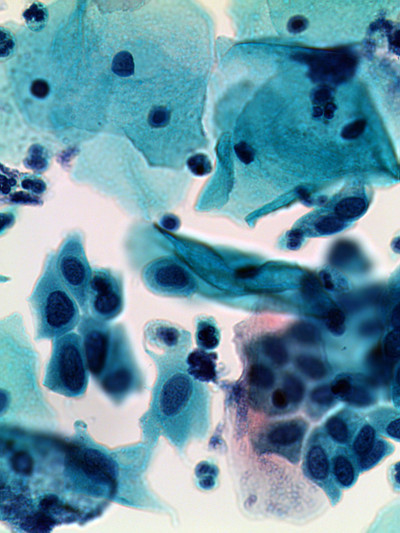Laboratory Services
Troponin I
Print this pageUpdated Test Information:
| Test Description |
Troponin I
|
|
|---|---|---|
| Synonym(s) |
TROPI |
|
| Test ID |
TROPIG
|
|
| Performing Lab |
UW |
|
| General Information |
A value of 0.04 ng/mL is the 99th percentile value for a healthy population. Partial list of non-ischemic causes of elevated troponin (myocardial damage)
Frequently Asked Questions Regarding the Use of Troponin (Adapted from Newby 2012, Table 3) What does an elevated troponin level mean? Elevated troponin is a sensitive and specific indication of myocardial damage, with troponin release from myocytes into the systemic circulation. Because an elevated troponin concentration is not specific for myocardial infarction, troponin evaluation to rule out myocardial infarction should be performed only if clinically indicated. Troponin elevation imparts a worse prognosis, irrespective of the underlying etiology. |
|
| Container Type |
4 mL blood in GOLD SST tube |
|
| Specimen Type |
Blood |
|
| Specimen Requirements |
The Laboratory MUST receive and process serum within 2 hours of blood collection. |
|
| Alternate Specimen Type |
4 mL blood in a Red Top tube |
|
| Specimen Collection / Processing Instructions |
No add-ons to a specimen that has been stored at room temperature or at 2-8°C for more than 24 hours. MUST separate serum or plasma from red cells within 2 hours of collection, store at 2-8°C; >24 hrs, freeze serum or plasma at -20°C. Thaw sample only once and recentrifuge prior to testing. |
|
| Minimum Sample Volume |
0.5 mL serum or plasma |
|
| Pediatric Min. Volume (if applicable) |
Two Full Gold Microtainers |
|
| Stability |
Refrigerated <24 hours Freeze at -20°C for storage longer than 24 hours |
|
| Unacceptable Specimen Conditions |
Lime Green PST or Green Top tube |
|
| Department (code) |
Chemistry, Automated Panels (CHA) |
|
| Methodology |
Chemiluminescence, Automated Chemistry |
|
| Testing Schedule |
Daily |
|
| Test Includes |
Code Name |
|
| CPT Code(s) |
84484 |
|
| Reference Range |
Concentration (ng/mL) Interpretation |
|
| STAT Orderable (Y/N) |
Yes |
|
| LOINC Code(s) |
